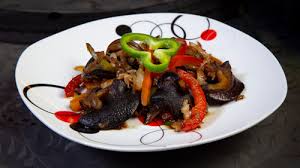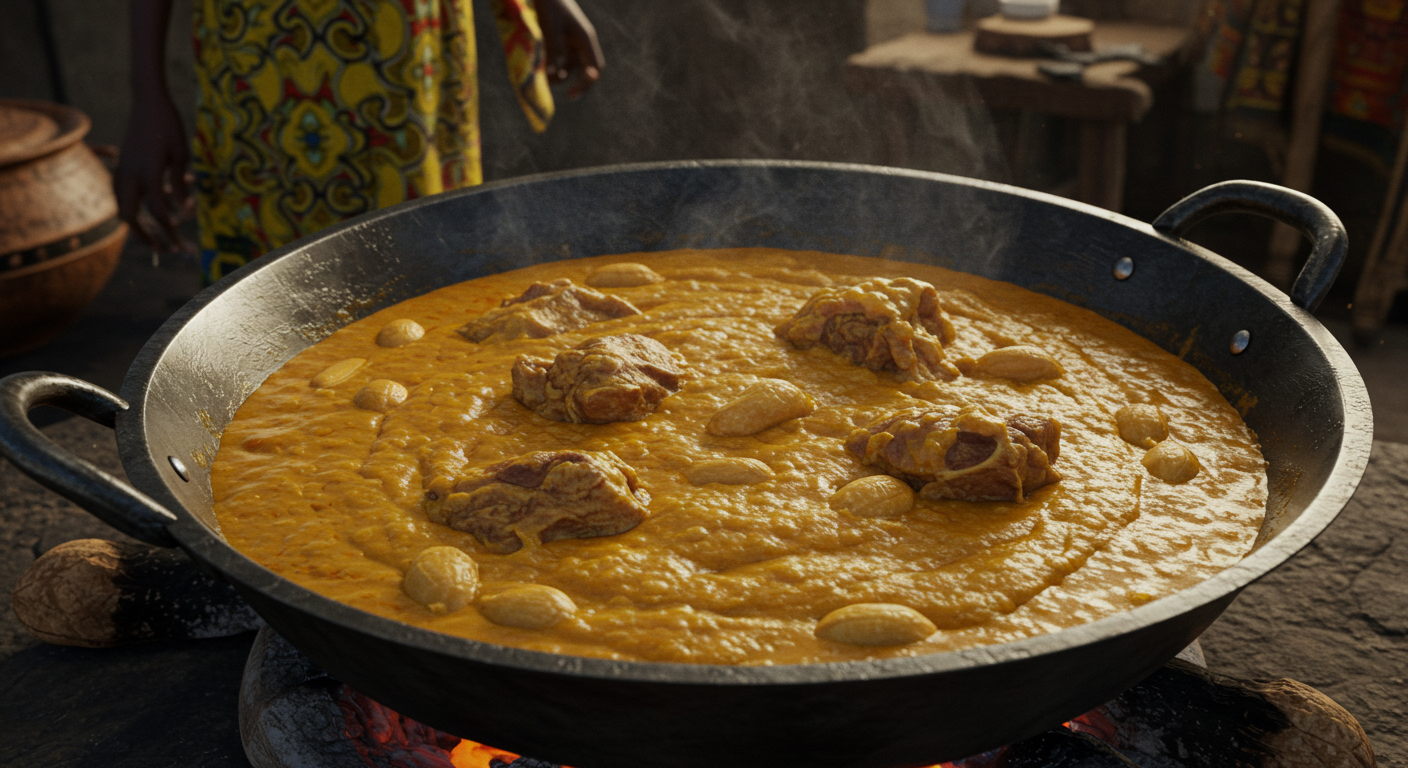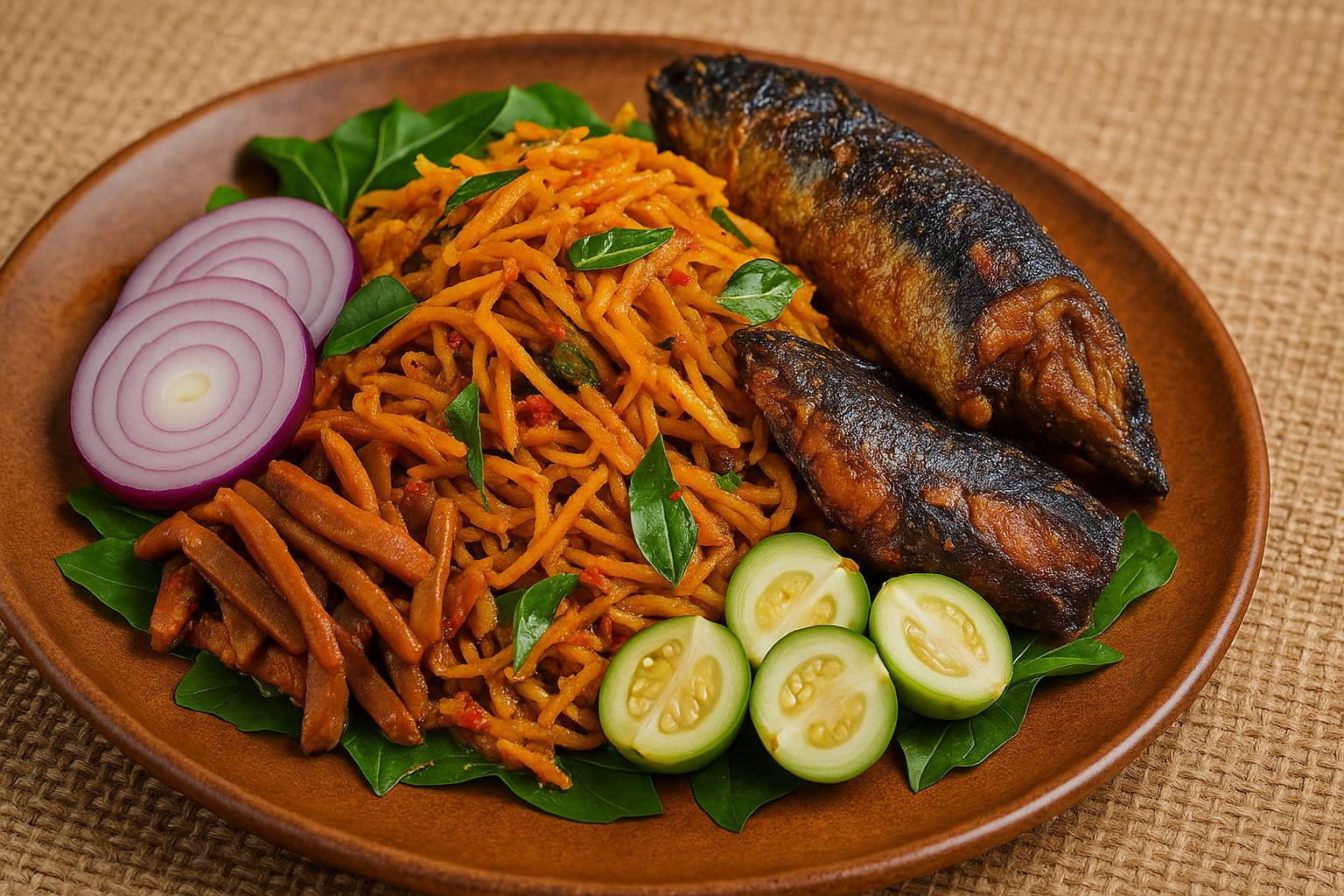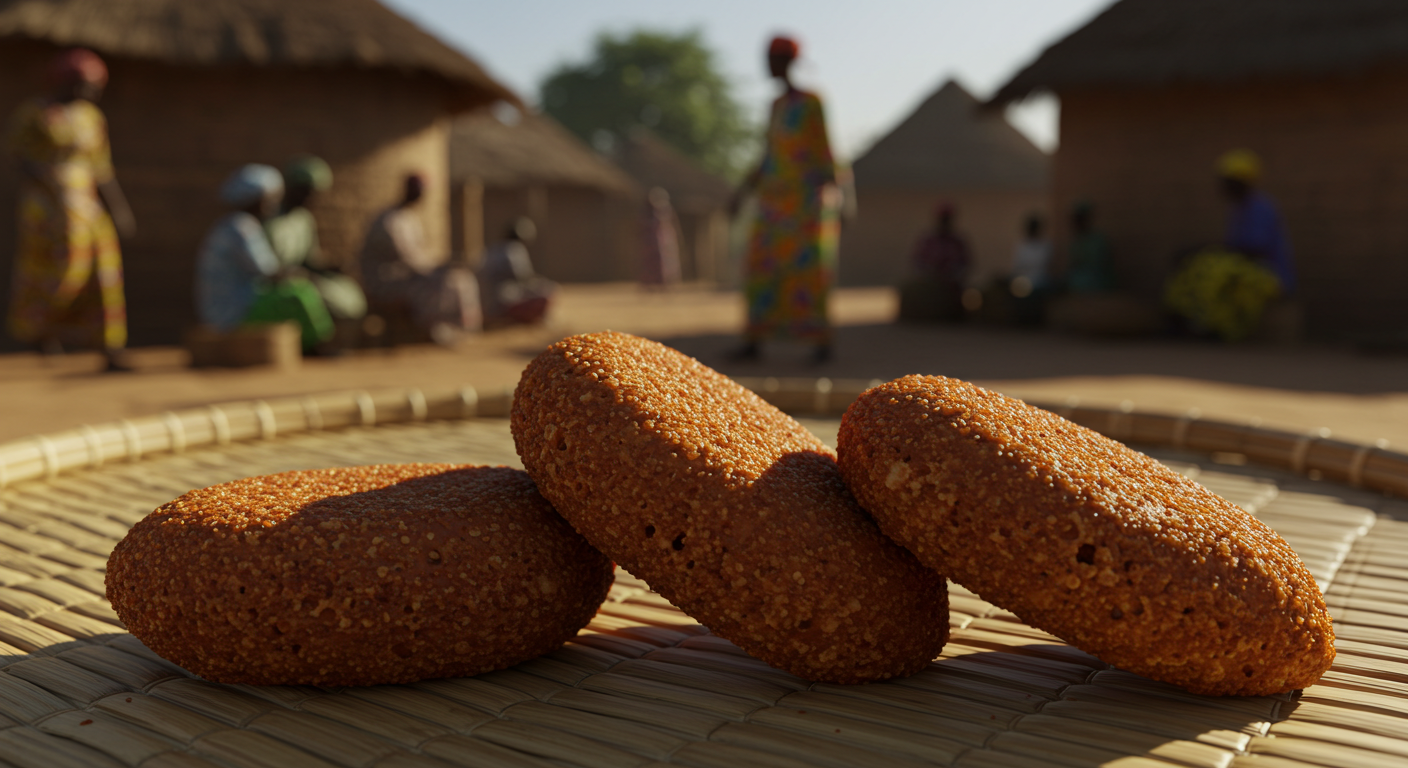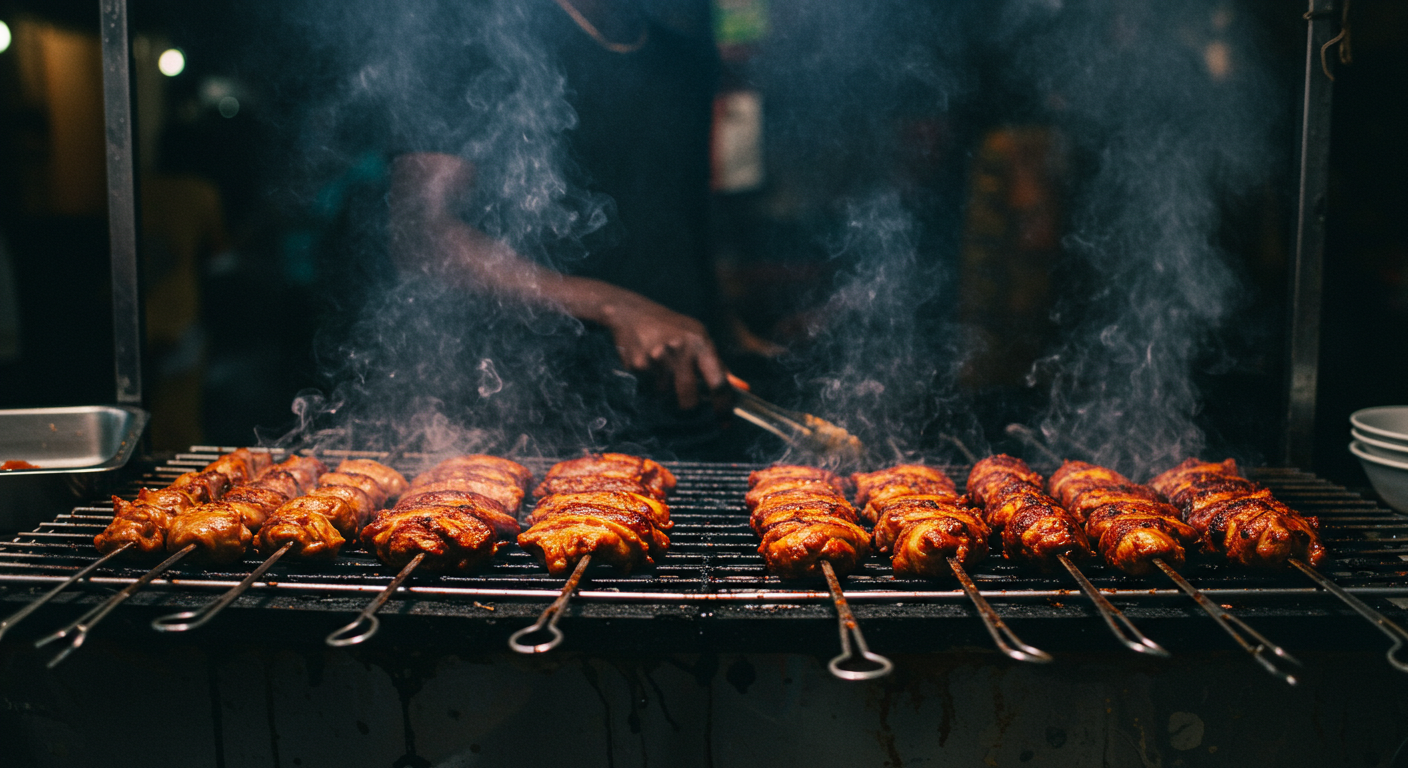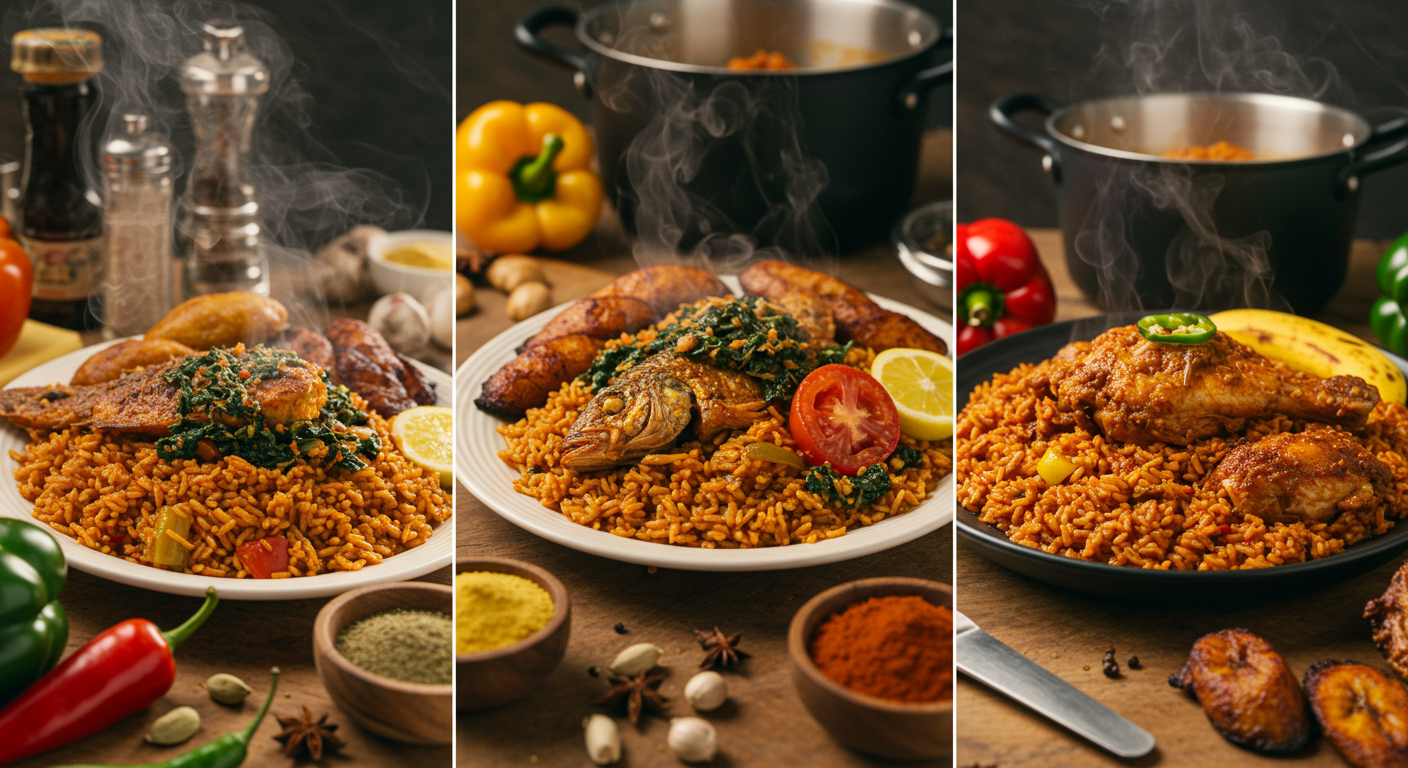Fried snail is one of Nigeria’s most prized delicacies. Known for its chewy texture and unique flavor, this dish occupies a special place in the culinary traditions of many ethnic groups, particularly among the Yoruba, Igbo, and Edo people. Often associated with luxury and prestige, fried snail is both a street food favorite and a party essential.
Cultural and Social Significance
In Nigeria, snails are more than just a food—they are a symbol of status. Referred to as igbin in Yoruba and ejuna in Igbo, land snails are considered high-value protein sources, often reserved for special occasions such as weddings, birthdays, and holidays. In Yoruba folklore, the snail is slow but wise and resourceful, qualities that enhance its cultural appeal.
Despite being found in the wild, snails are not easily accessible in commercial quantities. This rarity contributes to their perceived luxury status. In rural areas, people hunt snails during the rainy season, when they emerge in abundance. In cities, snail vendors cater to a loyal clientele that appreciates both the taste and the prestige.
Ingredient Profile and Preparation
The base ingredient is the giant African land snail, which is prized for its size and meatiness. Preparing snails involves a thorough cleaning process due to the slimy nature of the animal.
Key ingredients:
Snails (cleaned and parboiled)
Palm oil or vegetable oil for frying
Onions, garlic, and ginger for flavor
Scotch bonnet peppers for heat
Salt and seasoning cubes
Thyme or curry (optional)
Scent leaf or basil for garnish (optional)
Cleaning and Cooking Process
Snails are typically cleaned using lime, alum, or vinegar to remove slime and dirt. Once cleaned and cut, they are parboiled with seasoning and onions to soften the meat and infuse flavor.
The parboiled snails are then either:
Deep-fried in hot oil until golden brown, or
Pan-seared with oil, onions, and pepper sauce for a spicier version.
In some variations, snails are tossed in a thick, fiery sauce made from blended tomatoes and peppers, creating a dish often referred to as peppered snail. This version is especially popular at Nigerian parties and lounges.
Serving and Presentation
Fried snail is typically served as:
An appetizer or small chops at events
A bar snack, often paired with chilled beer
A side dish with rice, yam, or plantain
A main protein in soups or stews
Presentation matters—garnished with rings of fresh onions, chili, or herbs, fried snail is visually striking and enticing.
Nutritional Value
Snails are a great source of lean protein, low in fat but rich in iron, calcium, magnesium, and omega-3 fatty acids. They are also suitable for keto and high-protein diets, making them ideal for health-conscious eaters.
Street Food and Contemporary Appeal
In urban centers like Lagos, Ibadan, and Enugu, fried snail is sold in open markets and roadside stalls. Spicy and flavorful, it’s a favorite late-night snack. Increasingly, restaurants offer gourmet versions, sometimes grilled and served with dips.
There is also a growing interest in snail farming (heliciculture) across Nigeria, making the dish more accessible and sustainable for the future.
Global Reach
Among the Nigerian diaspora, fried snail has become an exotic offering at Afrocentric restaurants and festivals. Its bold taste and unique texture continue to win over adventurous foodies around the world.
